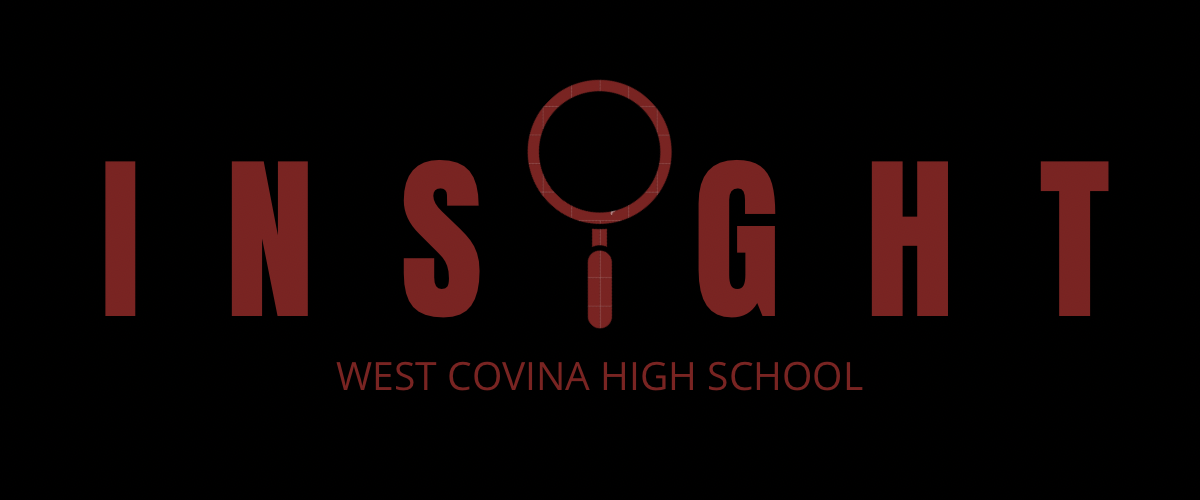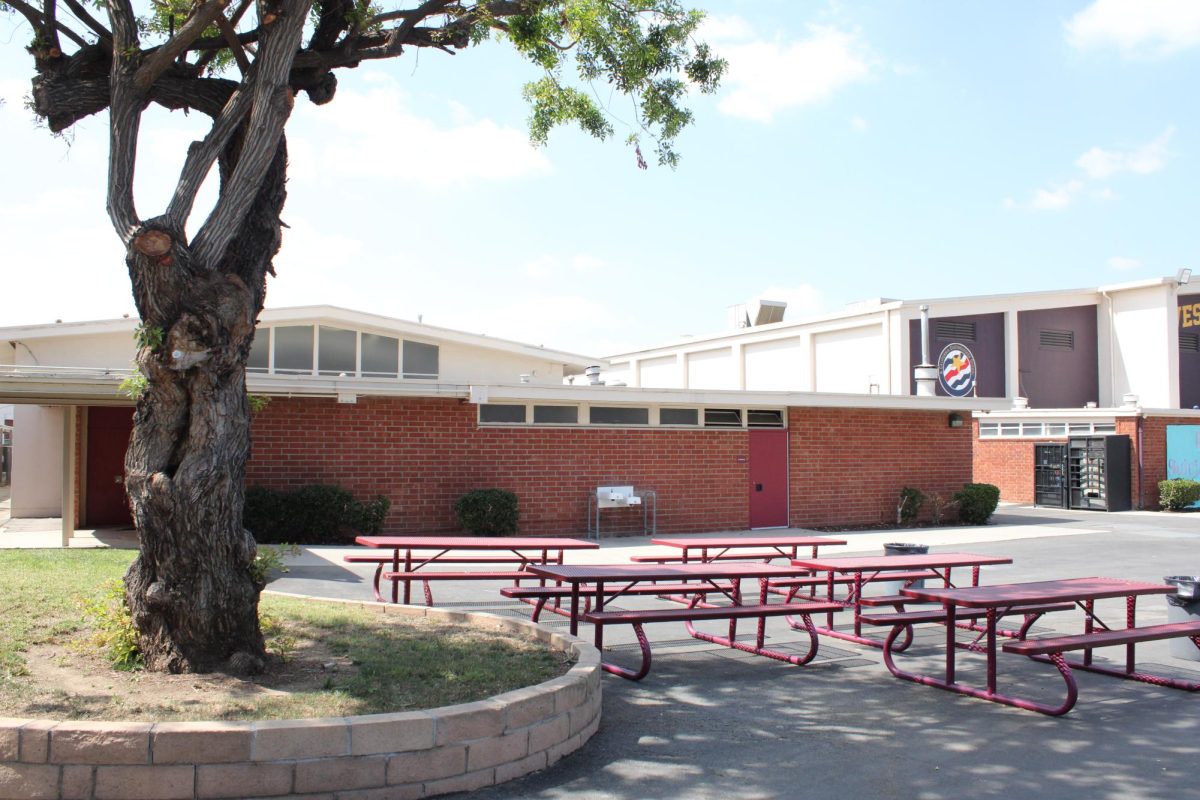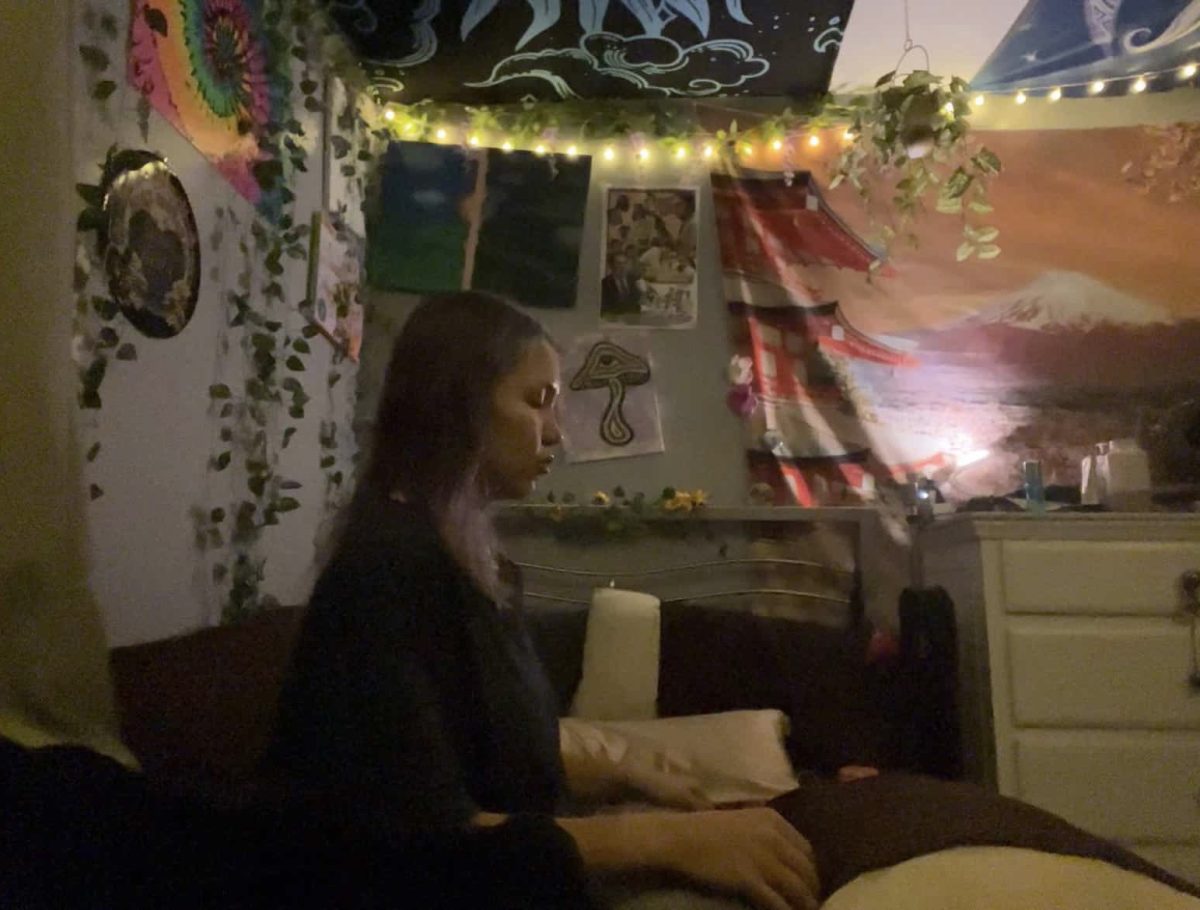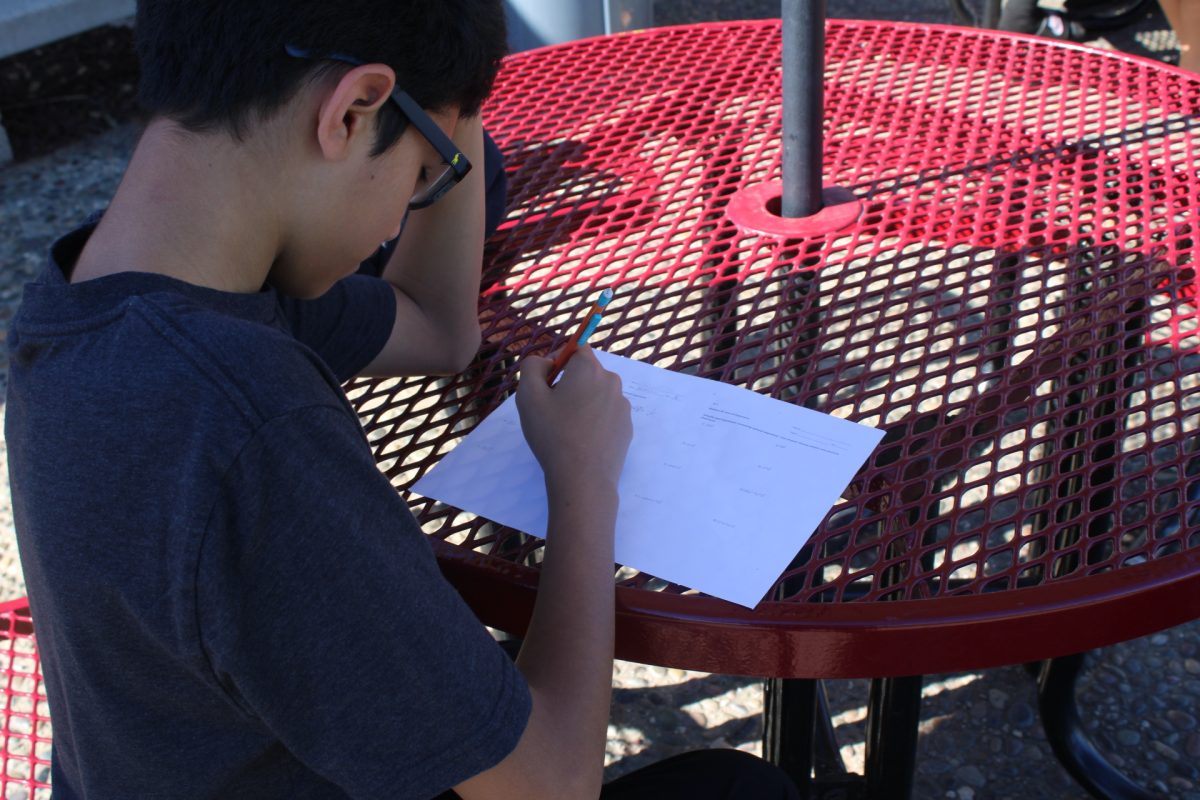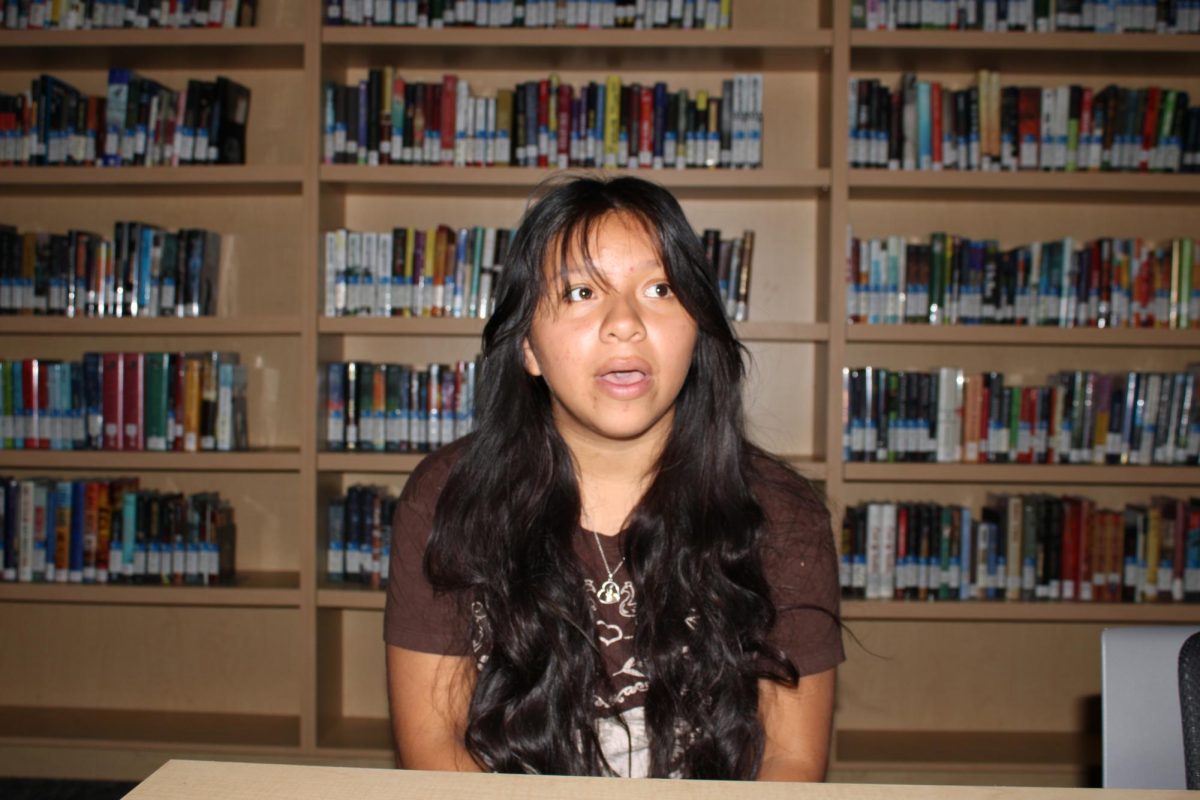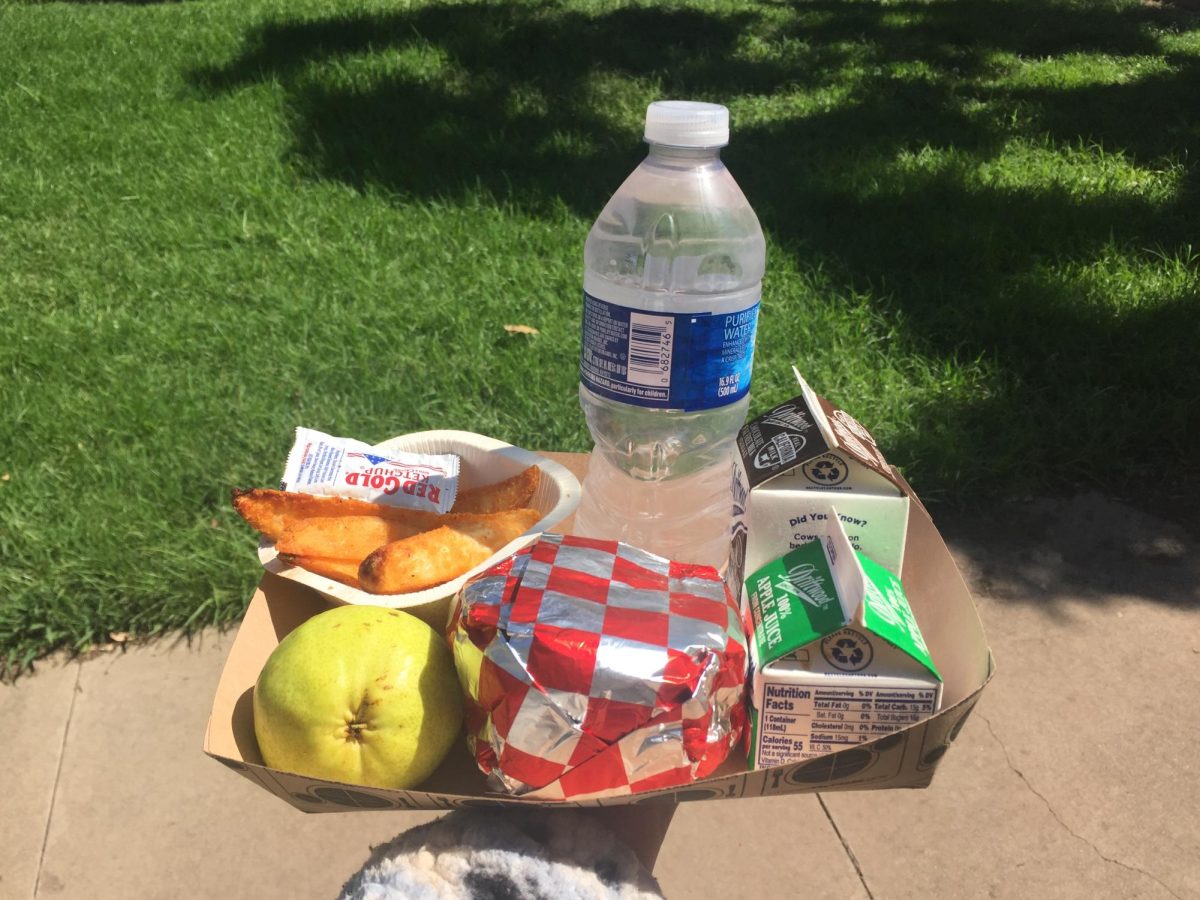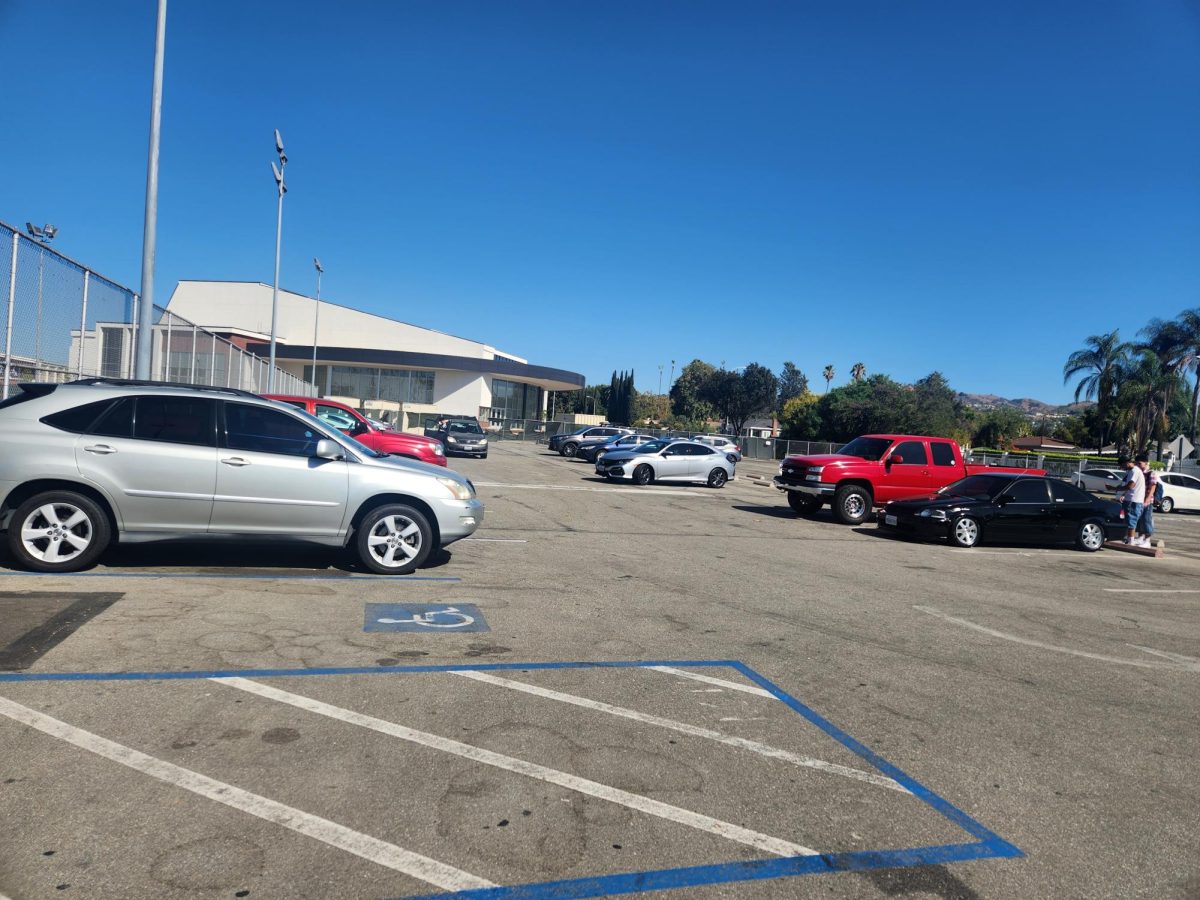While school was out of session for summer break, a majority of trees on campus had their branches trimmed, leaving fewer shady areas for students during breaks. In the winter, students don’t necessarily need shade due to the decreasing temperatures from earth’s tilt away from the sun; Therefore, providing shade. However, in the summer, trees do not need to be trimmed as it leaves less shade for students, making it hotter due to the sun.
In order to avoid the heat, students seek out classrooms open nutrition and lunch, or the gym whenever it may be open. However, this leaves students less of an opportunity to enjoy the open air and environment outside, especially after being in a classroom for a prolonged period of time. Block days can increase these feelings as students stay in classes for two hours.
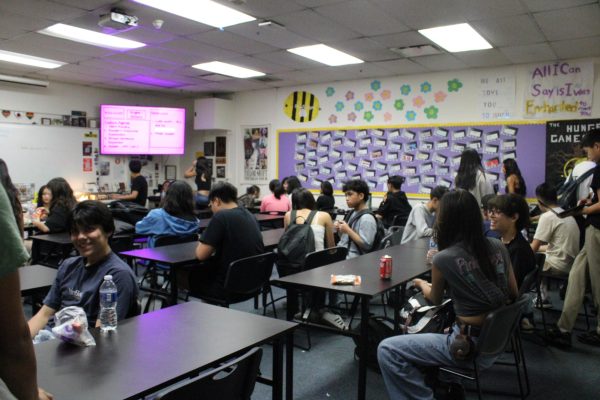
According to obtrees.com, a company based on tree service that provides tree care for homes and businesses, “Pruning in the summer is primarily for shaping and creating a solid structure. Heavy pruning should be saved for winter, when trees are under less stress.”
Pruning, or trimming, helps remove dead limbs, encourage growth, and maintain pest control to ensure the trees are healthy.
Although there are benefits to trimming the trees, the downside is that students lose the shade trees could have provided before. Additionally, the classrooms and gym can become crowded as well as not be the ideal environment students want to be in, especially after staying in classes before break.
According to UCLA Newsroom, a news website for University of California, Los Angeles, “Researchers found that in the schools surveyed, the amount of blacktop per school ranged from roughly 40% to almost 60% of the school sites.”
This relates to schools that have more buildings and blacktop compared to vegetation. With less space for trees means less shade for students, meaning they would spend time out in the sun. While out in the sun, students experience ultraviolet (UV) rays that affect their health, such as sunburn, skin damage, premature aging, and risk of various types of skin cancer if absorbed for an extended amount of time.
According to skincancer.org, a nonprofit organization dedicated to educating about skin cancer related information, “Unprotected exposure to UVA and UVB damages the DNA in skin cells, producing genetic defects, or mutations, that can lead to skin cancer and premature aging.”
Ultraviolet A (UVA) and ultraviolet B (UVB) both are the main contributors to risk of skin cancer. Although UVA is less potent than UVB, the effects during daylight remain the same throughout the year. On the other hand, the effects of UVB can rise, especially during the afternoon when the sun is at its highest point in the sky.
Exposure to UV rays can lead to damages in the DNA of skin cells. In addition, these rays can alter a gene known as TP53, which is a tumor suppressor gene, meaning it prevents uncontrolled cell growth and is helpful in preventing cancer. The hotter a day is, the higher the temperatures, which can affect students who are prone to the effects of UV rays. Furthermore, those effects play a role in melanoma, a type of skin cancer.
According to NCBI, a website part of the National Institutes of Health (NIH), provides data and analysis tools to advance health and science, “Exposure to ultraviolet (UV) radiation is associated with approximately 65% of melanoma cases, and 90% of non-melanoma skin cancers.”
To reduce the effects of UV rays, students can wear fully covered clothing and apply sunscreen. Additionally, it’s important to stay protected and away from the sun. Namely, staying in the shade to remain cool.
“I think like, it makes it more hot because like, the tree doesn’t provide shade so it’s like, it just gets more hot here now,” senior Chloe Quintana said.
Students find that the trees before they were trimmed, were useful for warmer days. Without the shade, their hangout area feels hotter.
“I think the bigger the trees, it can give more shade and more so it won’t be as hot for them, so there is like a place for them to sit and hang out,” senior Sumyi Chen said.
The more a tree is grown out, the more shade available for students to enjoy. For example, the tree with the seats between the D and E building is a spot to hang out by and is often full between breaks.
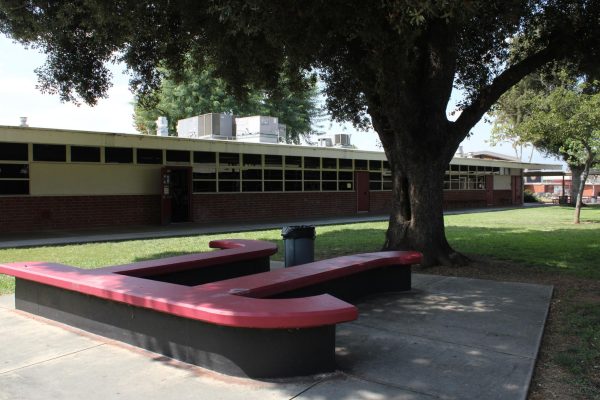
“I don’t think it’s necessary because they don’t really need to be cut it, it’s just trees. They can just grow however they want, they don’t need to be cut,” Chen said.
Though, as mentioned previously, the gym and few classrooms are open during lunch for air conditioning to stay cool. On top of that, there are trees that have some shade, students can hang out under the overhangs, and the gym is open on hot days.
These areas are places where students stay in order to avoid the heat. In addition, there are benches around the hallways sheltered by the overhangs, including the ledges by the L and K building. Moreover, students can hang out in certain areas by the quad for shade, like the circular bench near the cafeteria.
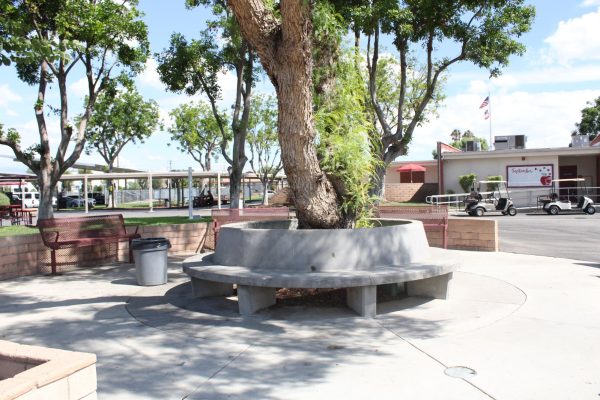
Ultimately, the trimming of trees can affect students on campus in different ways, like health and hangout areas, hence why they shouldn’t be trimmed.
Assistant Principal Michael Rodriguez declined to be interviewed for this article. Assistant Principal Sean McCallon, who oversees facilities, could not give a statement in time for this article.

